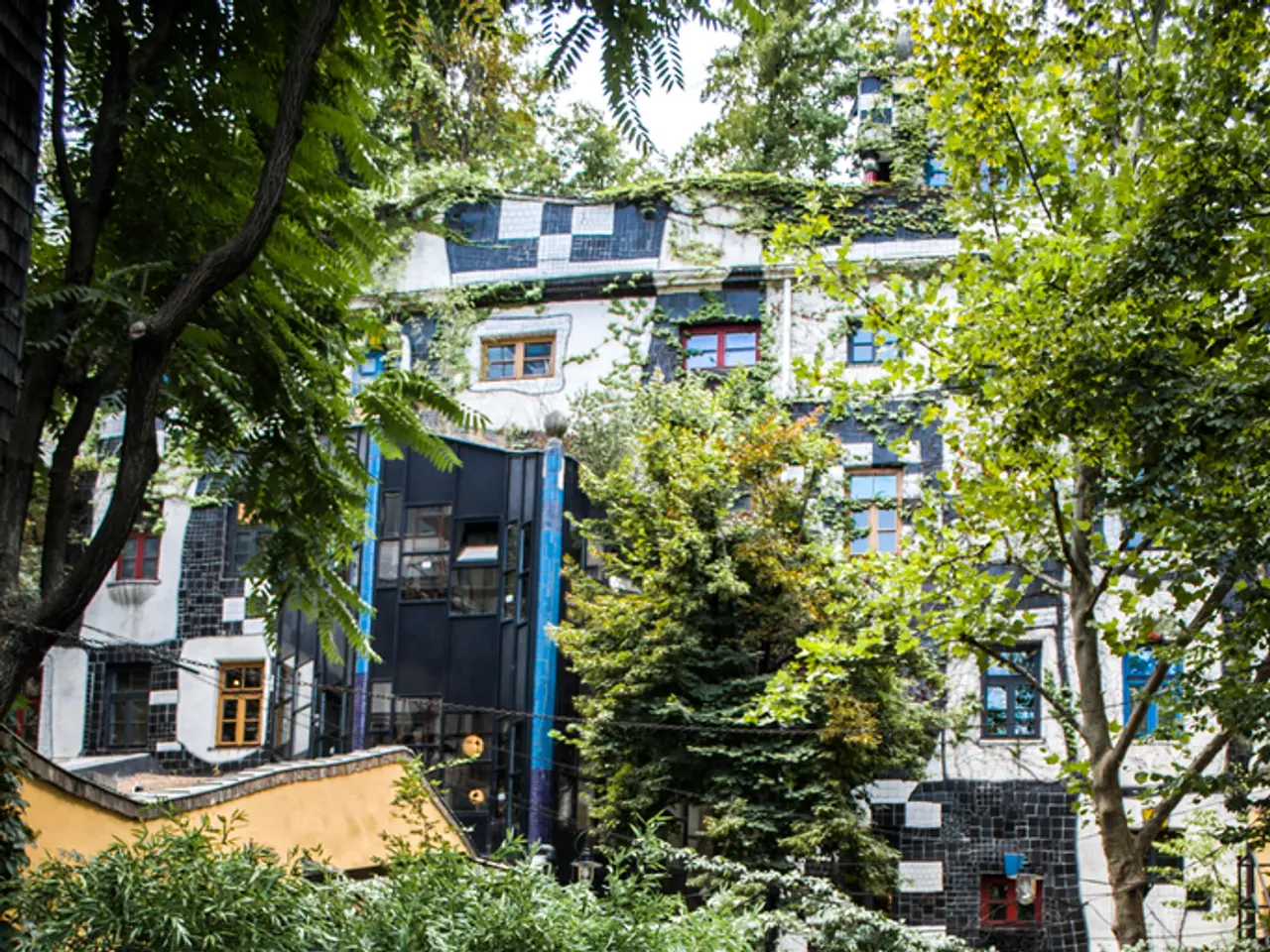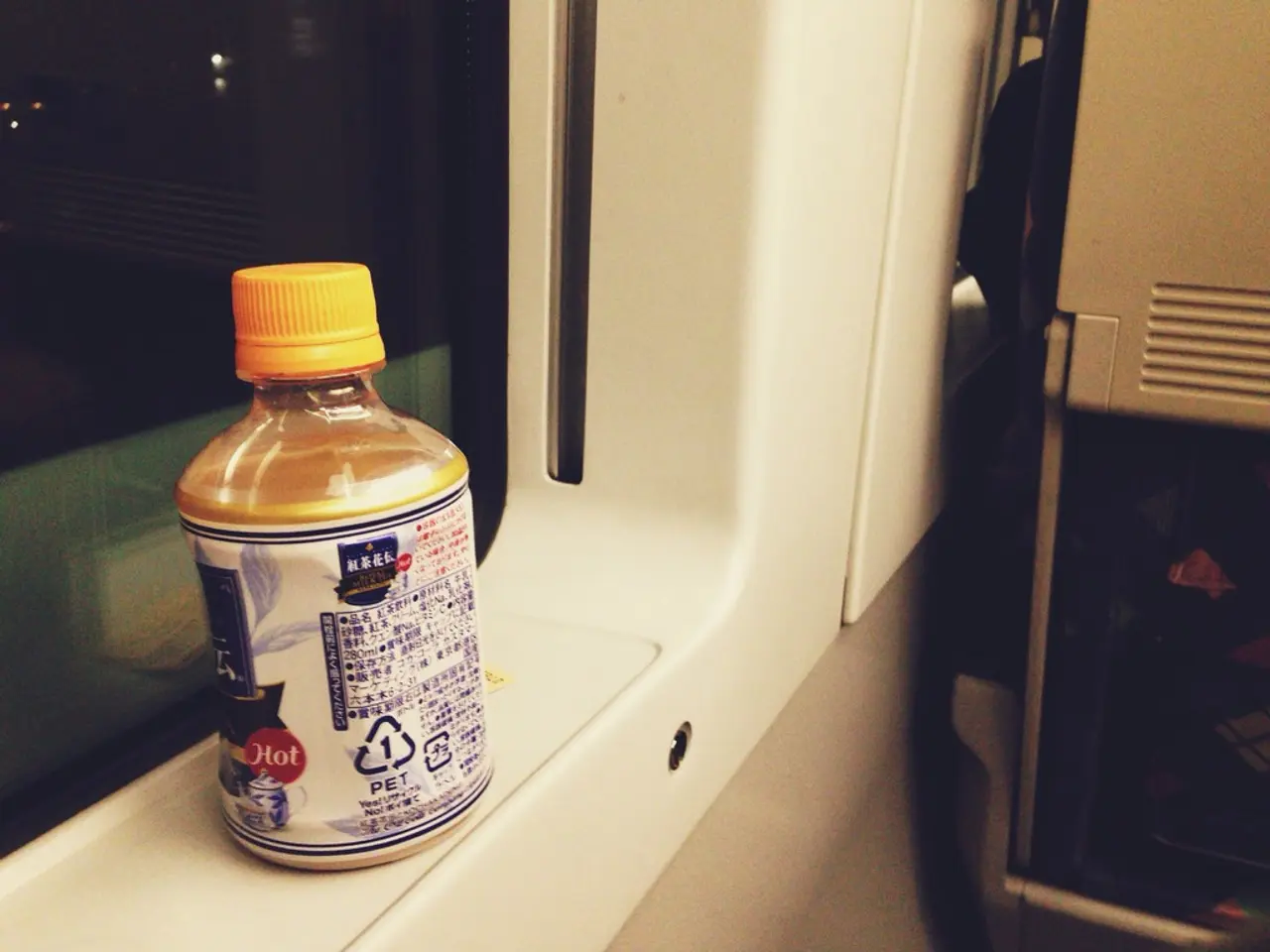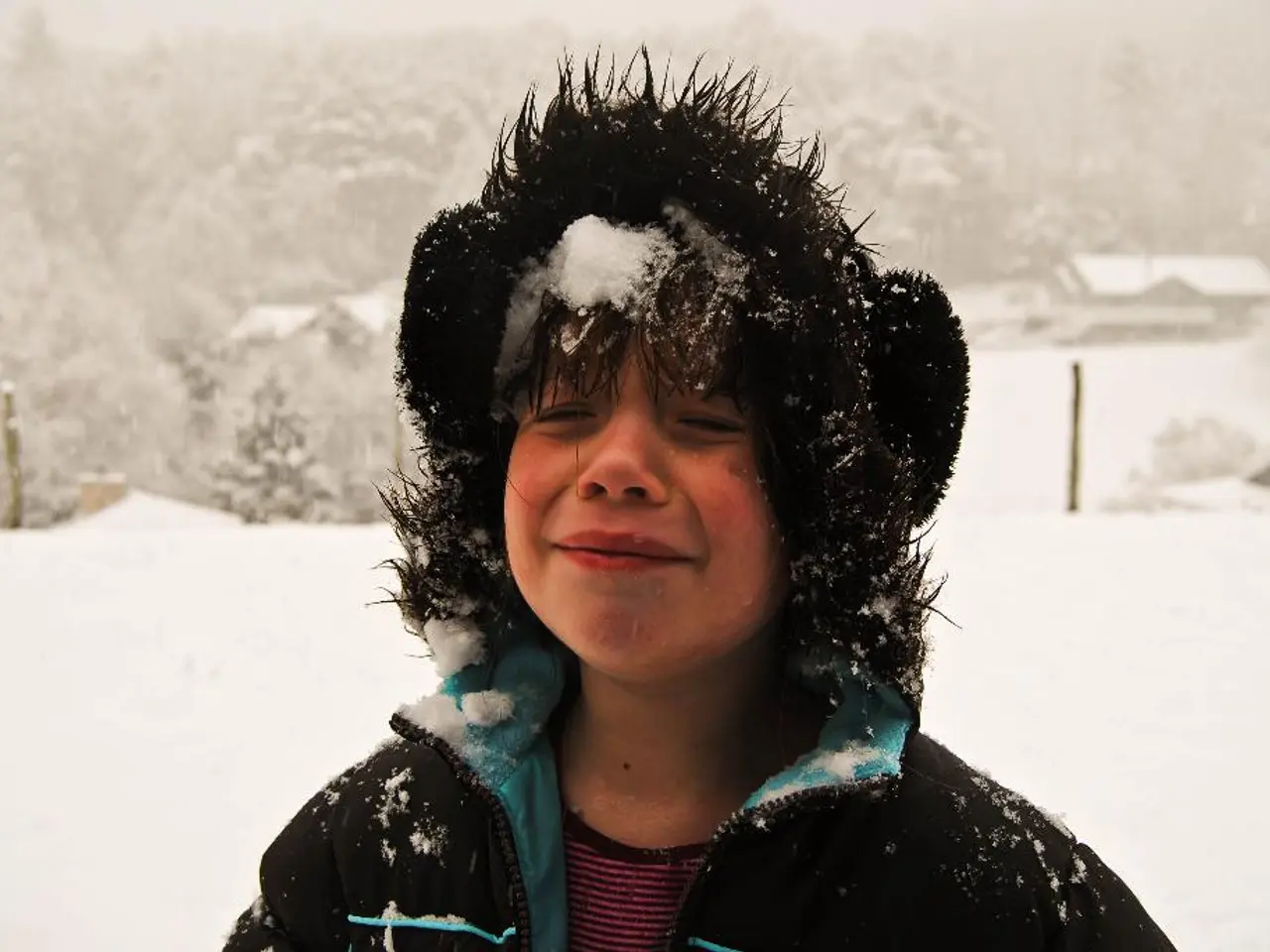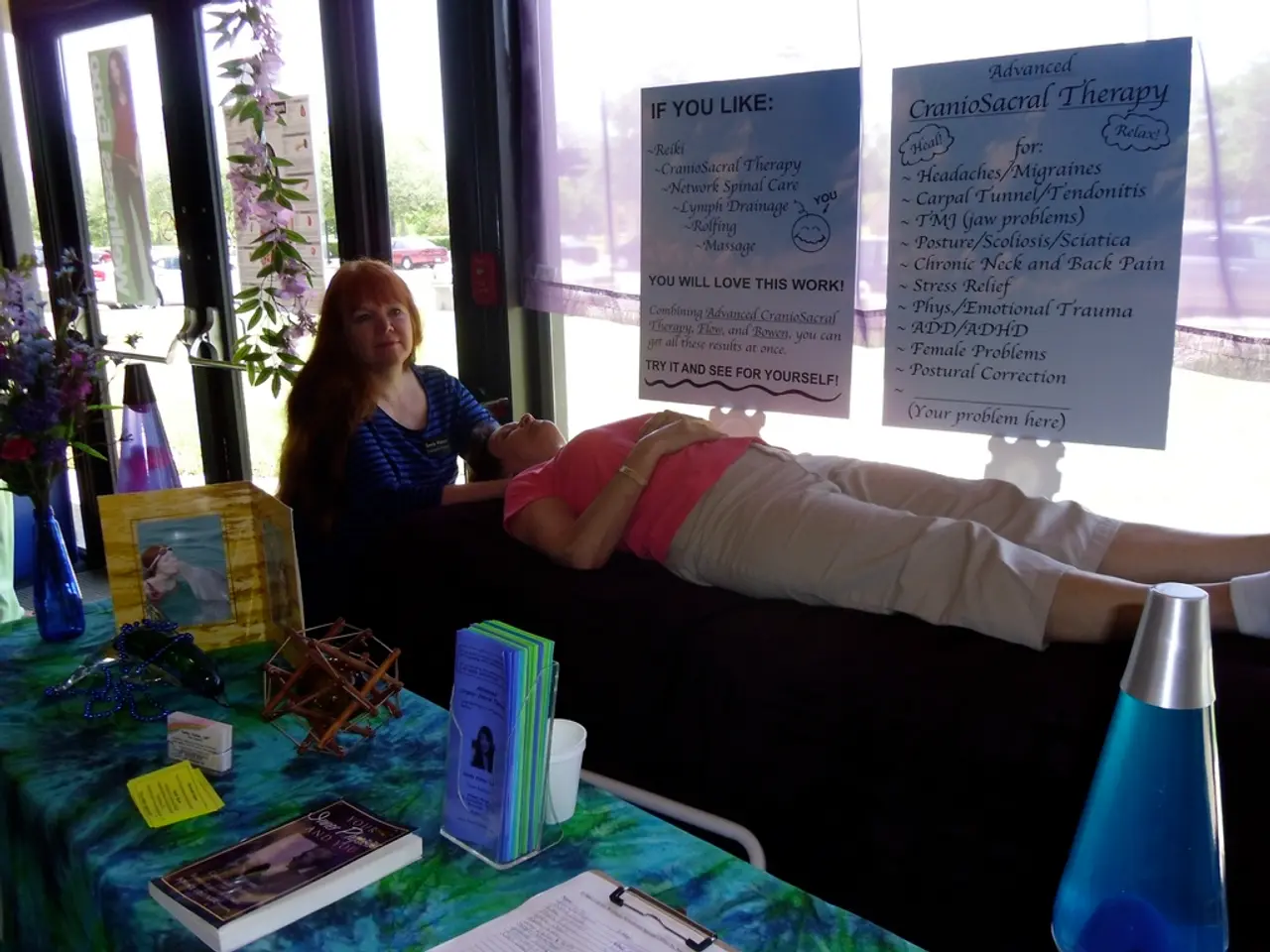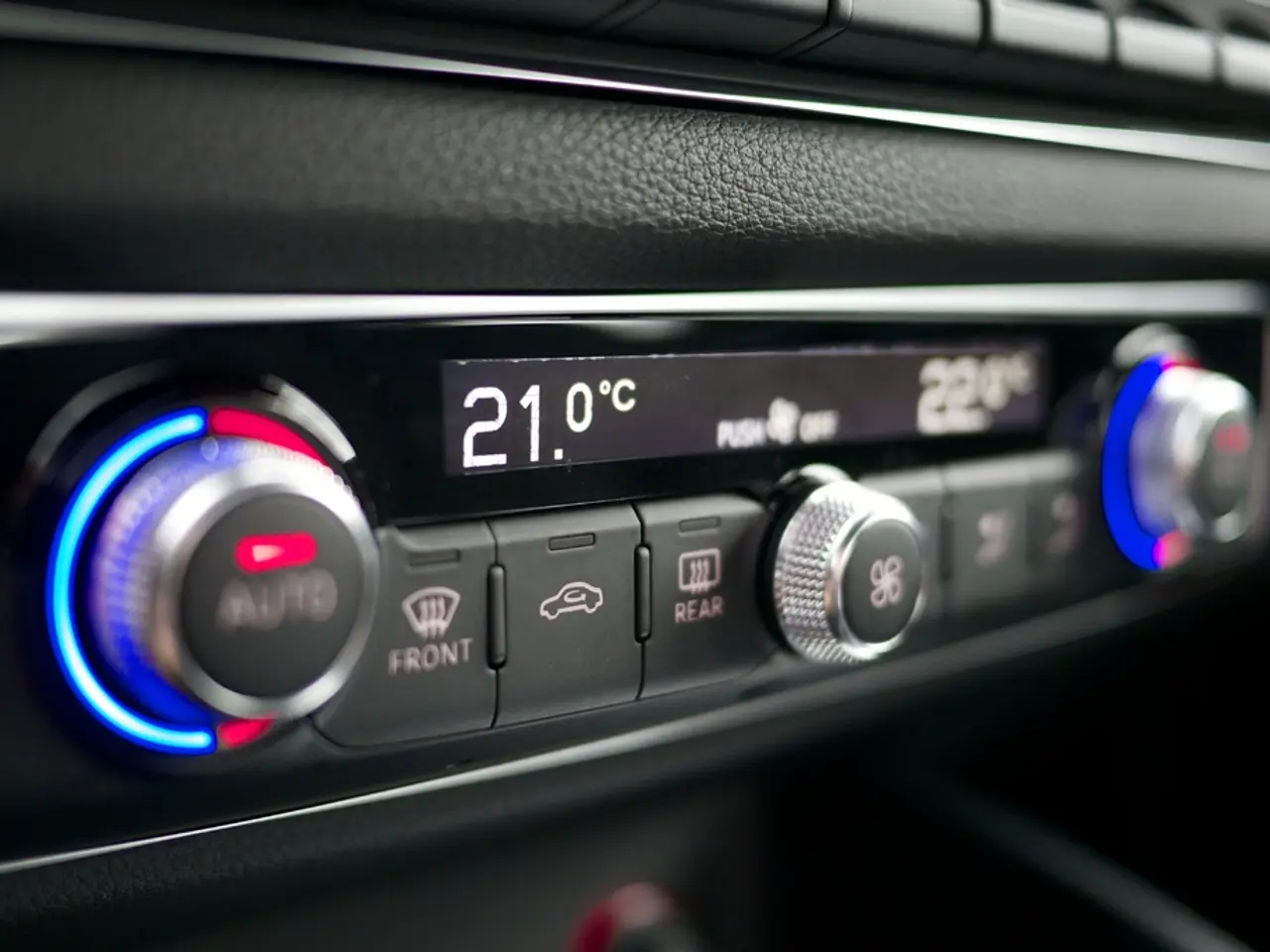Union Officials Push for Specialized Safeguards for the Elderly During Severe Heatwaves - Union of Senior Citizens Advocates Pushes for Specialized Safeguards amid Scorching Heat Waves for Elderly Population
In response to the escalating threat of extreme heatwaves, a comprehensive approach to heat protection for seniors in urban areas is gaining traction. The focus is on emergency preparedness, effective warning systems, targeted care concepts, and urban planning improvements to mitigate heat risks.
Many urban areas have developed municipal heat action plans, aiming to protect vulnerable groups such as seniors. These plans include issuing heat warnings and activating cooling centers - community spaces equipped with air conditioning, fans, and drinking water where older adults can find temporary relief during heatwaves. For instance, in Phoenix, Arizona, a 24/7 cooling center has significantly reduced heat-related emergencies by providing a refuge for vulnerable populations, including older adults and unhoused individuals.
Cities like Miami-Dade and Phoenix are shifting from addressing acute heatwaves to managing chronic heat exposure, prompting policies that focus on year-round protection for seniors and other vulnerable groups. Programs emphasize identifying vulnerable seniors based on their ability to maintain independence and their heat stress perception, not just age. This segmentation helps target those who are most at risk.
Community and senior centers often serve as informal cooling hubs, offering air-conditioned spaces and social interaction to reduce isolation during heat episodes. Practical advice, such as using fans, running cool water over the body, and avoiding heat-generating activities indoors, are promoted to help seniors stay safe at home. Outreach programs include checking on older adults during heat events and connecting them with resources such as air conditioning repair and hydration support.
To reduce urban heat exposure, cities are investing in increasing green infrastructure like planting trees, creating green walls, and establishing shaded transit stops, which can lower temperatures by up to 5°C (9°F). Cooling shelters are being designed with sustainable features, such as solar panels and passive cooling techniques, exemplified by a net-zero cooling shelter in Jodhpur, India.
Addressing chronic heat through urban design involves layering strategies that combine small-scale cooling interventions (shade, water features) with long-term efforts to improve heat-resistant housing and reduce the urban heat island effect. The implementation of these plans is considered crucial to protect the elderly during extreme heatwaves, as stated by Benda, who also criticized nursing homes for only providing fans at 35 degrees, which contributes to dehydration among the elderly during extreme heat waves.
These measures reflect a multi-sectoral approach necessary to protect seniors from heat risks, combining immediate emergency responses and long-term urban adaptation strategies to address the growing threat of extreme and chronic heat in cities. The demand for these heat protection plans extends to all municipalities, as stated by Benda, who also emphasized that further delay in implementing these plans puts lives at risk. The state health ministers passed resolutions for binding heat protection plans in 2020, and the goal is to have heat protection plans in all municipalities by the end of the year. These measures are particularly important in socially disadvantaged neighborhoods, and the demand includes improvements in care concepts for nursing homes, home care services, and home care. The demand for improved care to prevent dehydration among the elderly during extreme heat waves remains.
References: [1] National Institute of Environmental Health Sciences. (2021). Heat Waves and Health. Retrieved from
- The Commission, in consultation on the draft directive on the protection of workers, has highlighted the need for workplace-wellness programs addressing risks related to exposure to ionizing radiation.
- As part of a comprehensive approach to heat protection, science plays a crucial role in understanding the impacts of extreme heatwaves on health and wellness, including fitness-and-exercise routines and mental-health.
- Climate-change research has shown that heatwaves pose significant threats to the aging population, and wellness programs should incorporate measures for skin-care, therapies-and-treatments, and adequate nutrition to support the unique needs of seniors.
- In environmental science, the urban heat island effect is exacerbated by inadequate green infrastructure in cities, which can lead to increased temperatures, posing additional risks to the health-and-wellness of vulnerable populations, particularly in socially disadvantaged neighborhoods.
- The integration of mental-health and mens-health considerations into heat protection plans is essential, addressing the impact of extreme and chronic heat exposure on overall well-being and quality of life.
- To address climate-change and protect vulnerable populations, policymakers and urban planners must consider sustainable environmental-science solutions, such as increasing green infrastructure, designing cooling shelters with solar panels, and implementing passive cooling techniques in buildings.
- The demand for improved care and heat protection plans extends beyond seniors, coming from various sectors, including womens-health, environmental-science, and community organizations that emphasize the importance of addressing the unique needs of each group to mitigate the growing threat of extreme and chronic heat in our urban areas.
